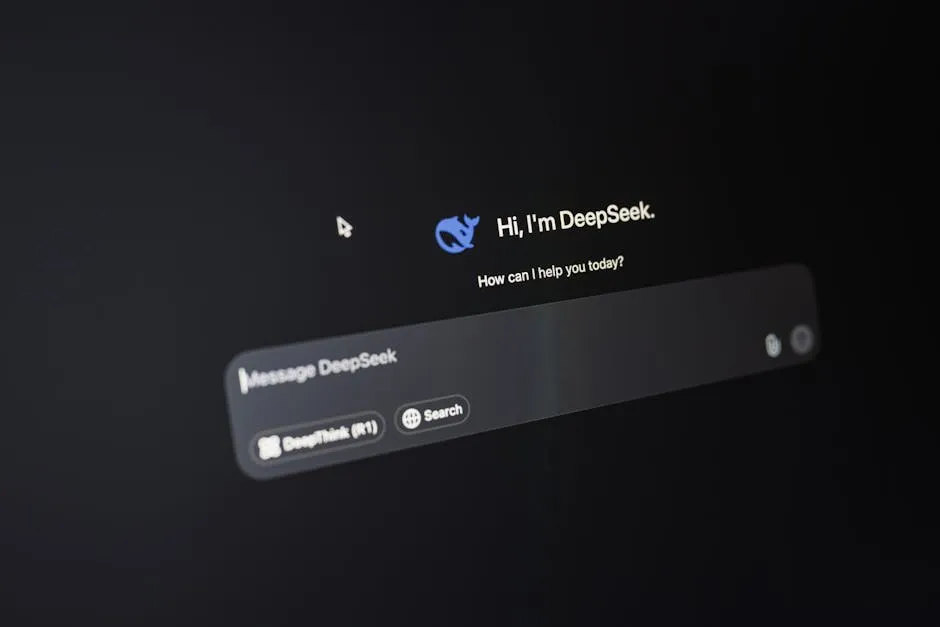ChatGPT Introduces Pilot Group Chats: A Step Towards Shared Experiences in AI
In an exciting development for users of conversational AI, ChatGPT has launched a pilot program for group chats across several countries, including Japan, New Zealand, South Korea, and Taiwan. This initiative is designed as a “small first step” toward enhancing the interaction experience within the app, aiming to foster a more communal environment among users.
A New Way to Connect
The introduction of group chats represents a significant evolution in how we can engage with AI technology. Traditionally, chatbots and AI assistants operated in isolation, primarily serving individual users. However, with these new group chat features, ChatGPT allows users to connect in a shared space, facilitating discussions and collaborations that could lead to richer interactions and insights.
Privacy and Control
One of the standout features of this new pilot program is the emphasis on privacy. Group chats are strictly invitation-only, meaning that users can control who joins their conversations. Additionally, members have the freedom to leave the group at any time, ensuring that participants feel comfortable and secure in their interactions. This focus on user privacy aligns with growing concerns around data security in digital communications.
Personal ChatGPT Memory
In conjunction with group chats, ChatGPT has also introduced the concept of personal memory within the app. This feature allows the AI to remember individual user preferences and conversations for a more tailored experience. Importantly, all personal memories and private chats remain confidential, reinforcing the commitment to user privacy while enhancing the overall functionality of the app.
Looking Ahead
While this pilot program is still in its early stages, it represents a significant move towards creating a more interconnected user experience. As AI technology continues to evolve, the potential for shared experiences and collaborative interactions will likely expand, paving the way for innovative applications in various fields, from education to workplace productivity.
For users in Japan, New Zealand, South Korea, and Taiwan, this is an exciting opportunity to engage with AI in a new way. As the pilot progresses, feedback from these initial users will be invaluable in shaping the future of group interactions on ChatGPT. The development hints at a broader trend in AI—moving from isolated experiences to more communal and collaborative forms of engagement.
Conclusion
ChatGPT’s introduction of pilot group chats marks a noteworthy advancement in AI technology, emphasizing user privacy and control while fostering shared experiences. As this pilot unfolds, it will be fascinating to see how users adapt to this new feature and what further innovations may arise in the world of conversational AI.
